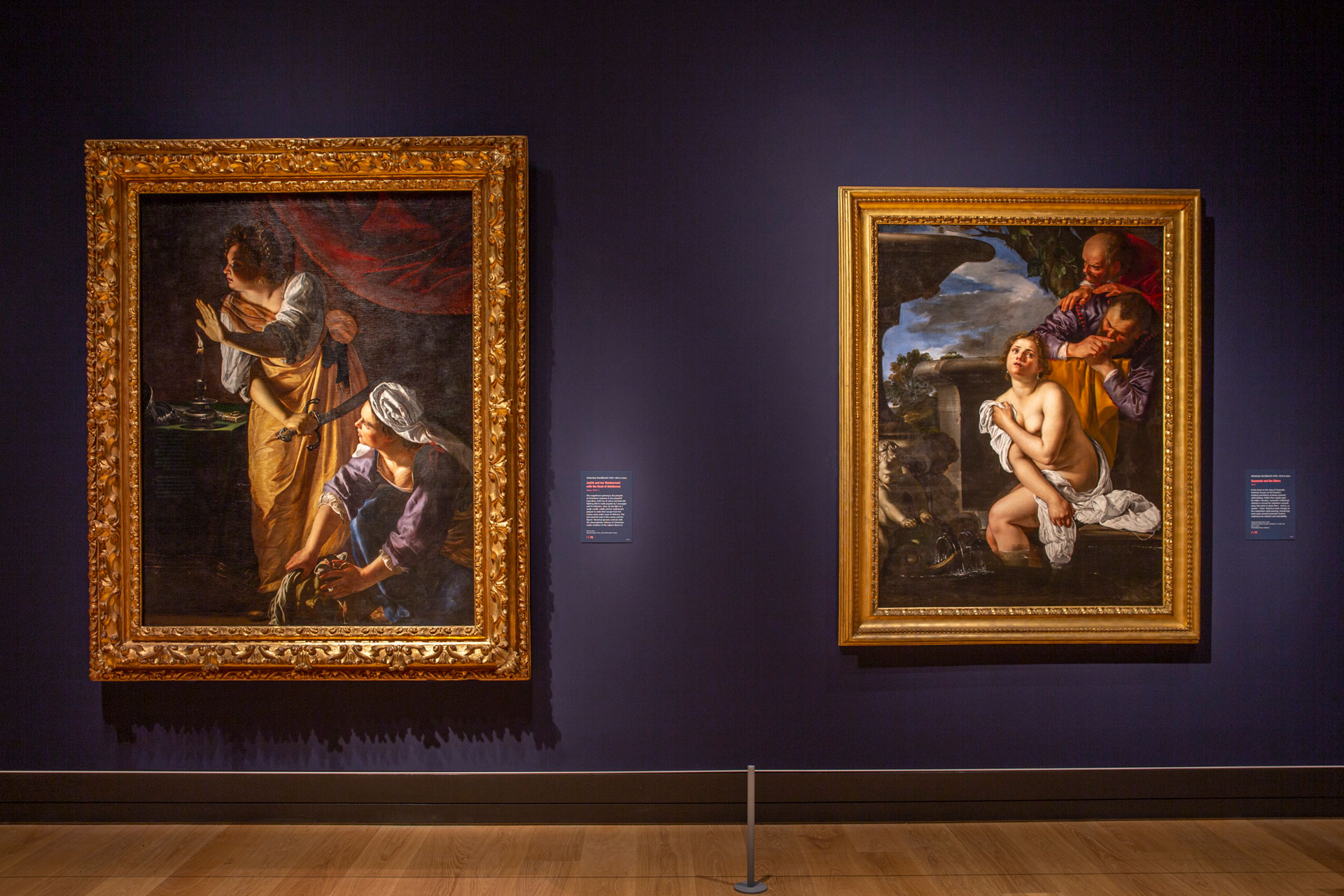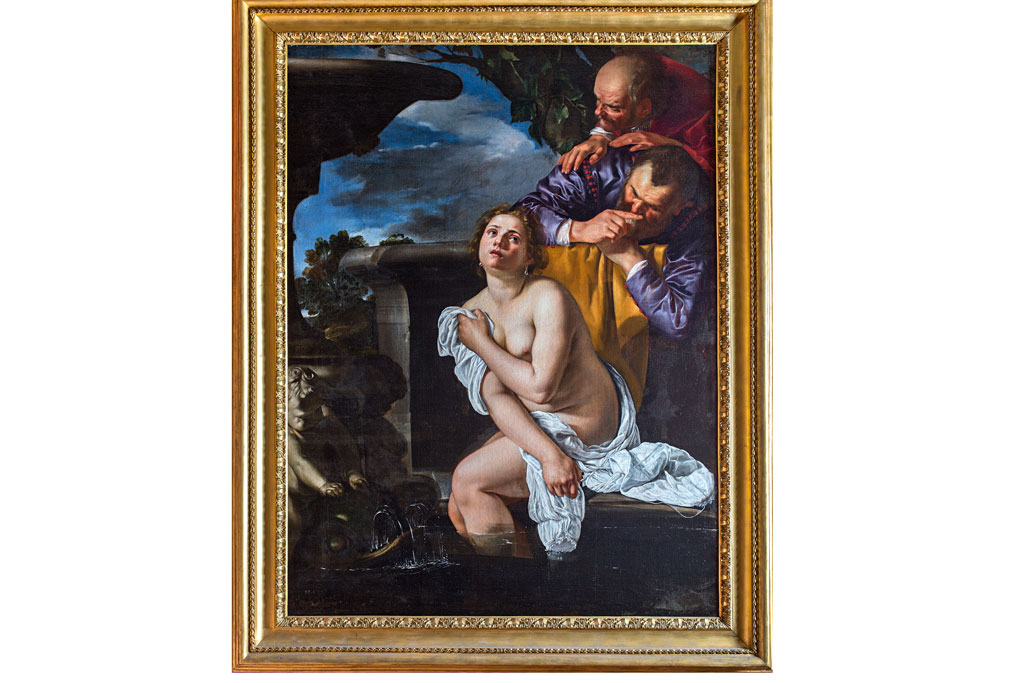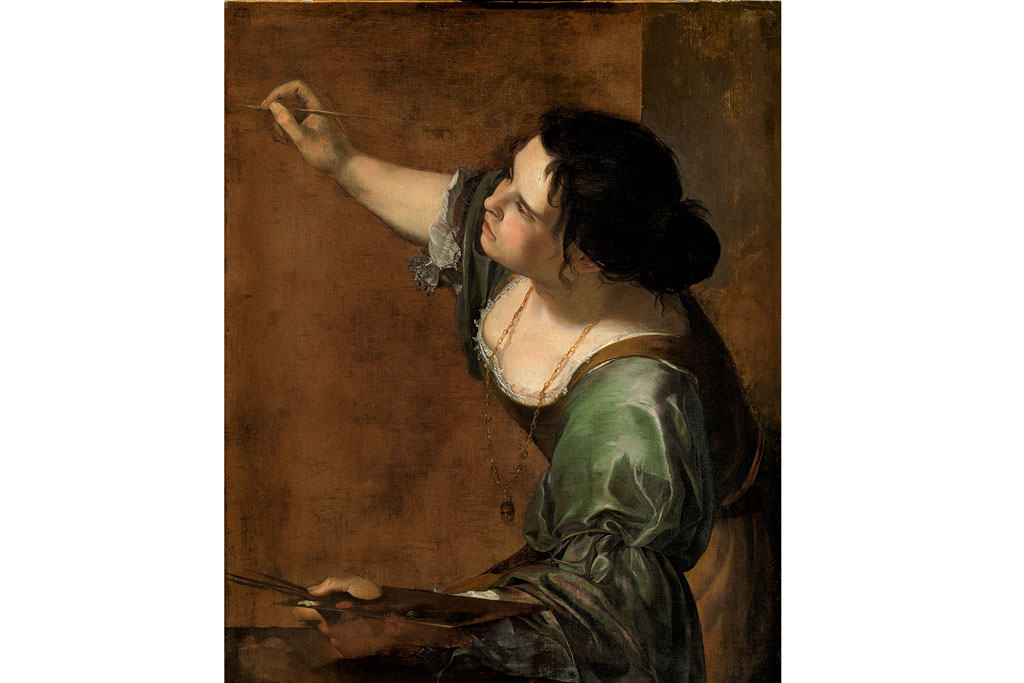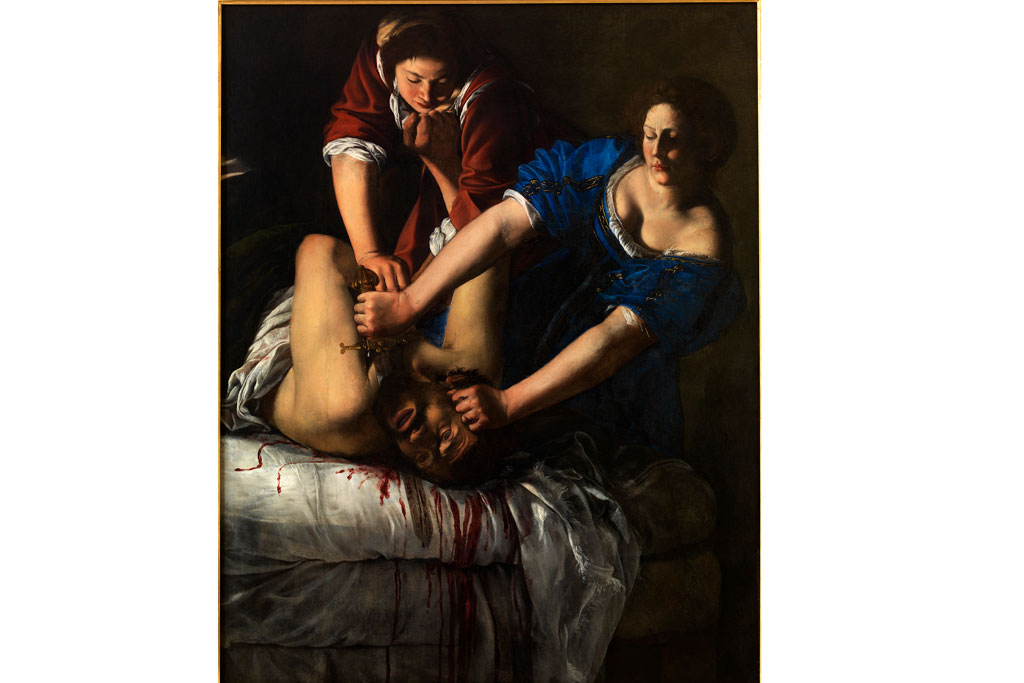The Exhibitionist: Ed Vaizey on Artemisia and Art History
By
5 years ago
Why everyone's talking about this Italian painter

Is Artemisia the Beyoncé of art history? Asks Ed Vaizey as he surveys the National Gallery’s latest blockbuster
The National Gallery has the blockbuster show of the year – Artemisia Gentilleschi. Even if there wasn’t a pandemic, this would still be a hit, such is its powerful emotional force.
Artemisia’s life story is amazing. Of course, the fact that she is a female painter, working in the 17th century, is arresting enough. There are far too few female artists represented in our national institutions, even those from the 20th and 21st century. But to see the work of a female artist working 400 years ago is magnificent.
But there’s more. At the age of 17, Artemisia was brutally raped by the artist Agostino Tassi. Artemisia was forced to endure a trial by torture, to ensure she was telling the truth. She prevailed, and her assailant was convicted (though he evaded punishment).

Susannah and the Elders, 1622 © The Burghley House Collection
The assault is eerily presaged by a painting on display in the first room of the show, painted when the artist was just 16, Susanna and the Elders (1610), of a naked Susanna bathing, and being watched closely by two unpleasant male figures. Also in the same room is the original transcript of that terrible trial.
Drama, youthful brilliance and gender might be enough to justify the show. But Artemisia is of course an astonishing painter of maturity, grace, and passion, who outshone her father, Orazio, an established painter and close friend of Caravaggio, from whom she learnt her craft, and whose more inferior (though still powerful) work is also on display.
Artemisia moved to Florence after her assault, where she became the first woman to gain entry to the Academy of Arts and Drawing in Florence. She established her own school in Naples. As she became one of the most famous painters in Europe, she was invited to London to paint for Charles I. My favourite painting in the exhibition, a self-portrait, The Allegory of Painting (1638-9), showing her almost possessed in her craft, was painted there, and normally hangs in Hampton Court as part of the Royal Collection.

Self Portrait as the Allegory of Painting (La Pittura), about 1638-9, Royal Collection Trust / © Her Majesty Queen Elizabeth II 2019
Much of Artemisia’s work displays a blazing passion and anger. In Judith beheading Holofernes (1612-13), the Jewish widow is depicted mercilessly decapitating a struggling Assyrian general. Little is left to the imagination as the dagger is driven in, and the general’s blood is front and centre. Many of us must dream occasionally of bloodthirsty revenge, but this takes it to a whole new level. Painting as therapy.

Judith beheading Holofernes, about 1612-13 © ph. Luciano Romano / Museo e Real Bosco di Capodimonte 2016
Artemisia painted two versions, and indeed three, of her Susanna, and I think it’s important when looking at her paintings to see a woman offering a far different perspective on the relations between the sexes than you would normally see. Many of the men are either leching, or retching, on their own blood. Little quarter is given.
I love the fact that Artemisia, channelling her inner Elizabeth I, describes herself as ‘the spirit of Caesar in the soul of a woman’. But the art critic Alistair Sooke updates the description, describing Artemisia as the Queen Bee of female empowerment, the Beyoncé, if you like, of art history. As Beyoncé put it, pretty hurts.
Displayed at the National Gallery until 21 January 2021.
DISCOVER MORE:
The Best Art Exhibitions in London / Virtual Events: How To Get Your Culture Fix at Home



